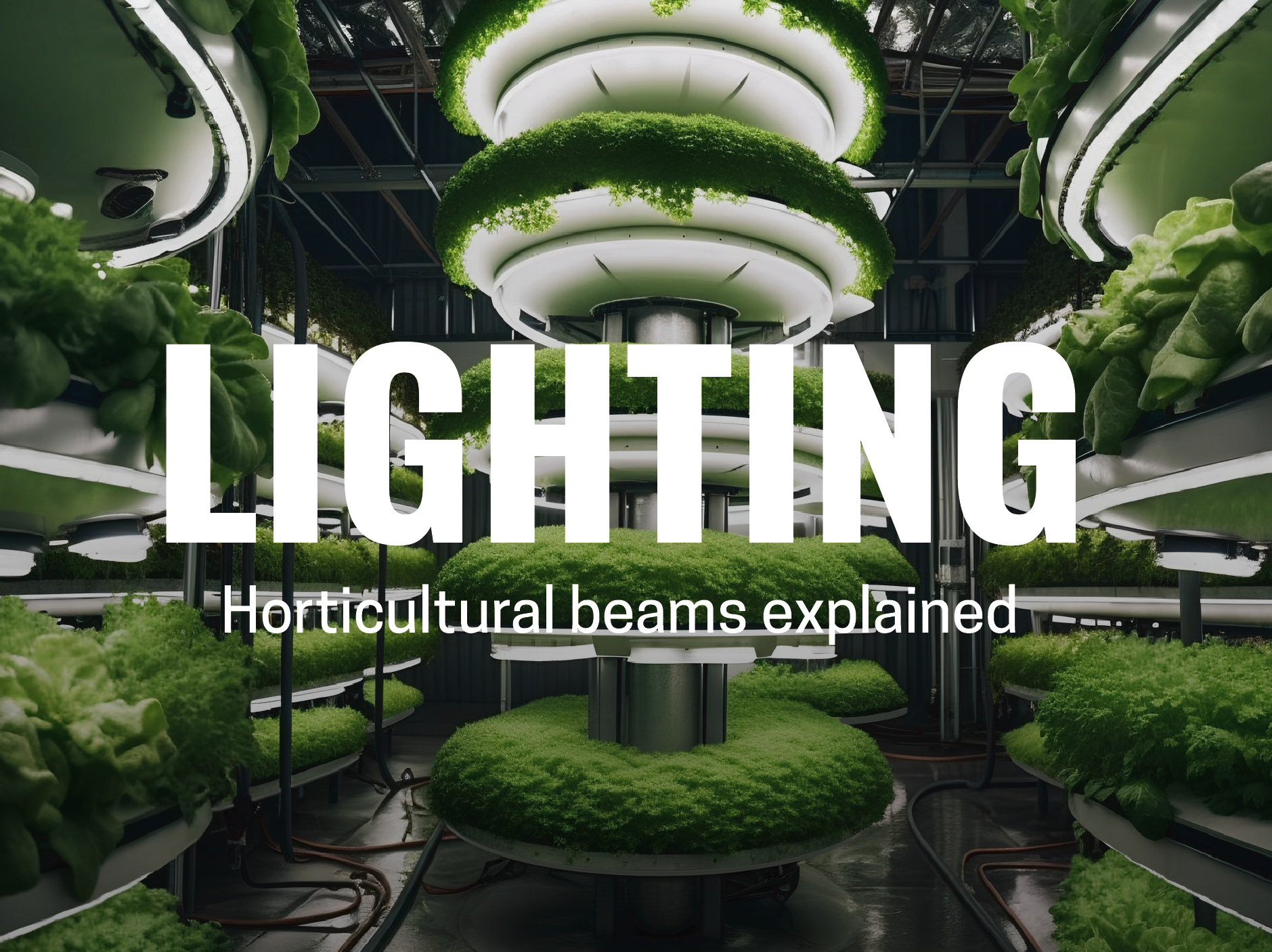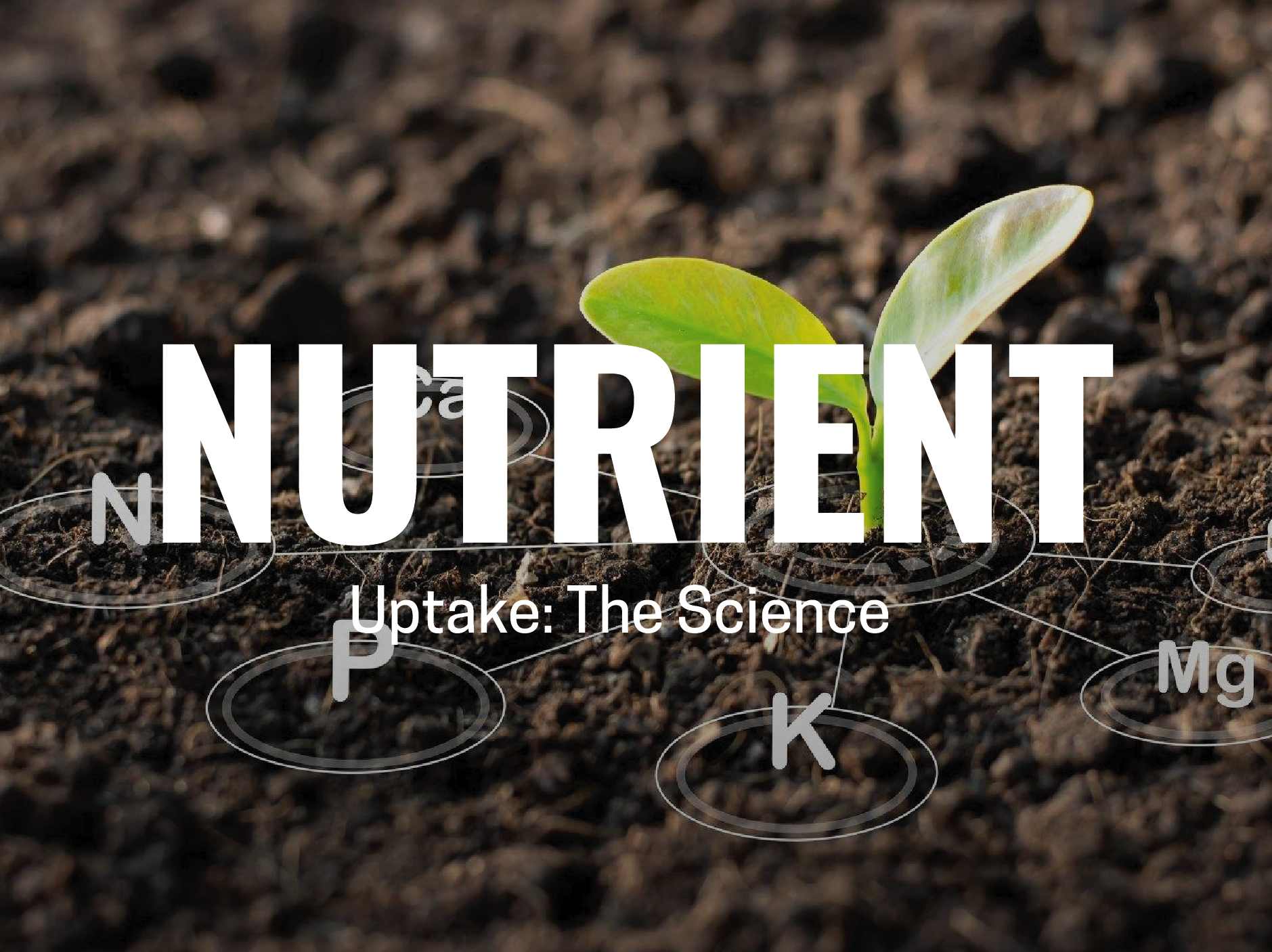Understanding Horticultural Lighting: Shedding Light on Plant Growth

If you're a plant enthusiast, you've probably heard the term "horticultural lighting" tossed around. Whether you’re an indoor gardener, a commercial grower, or just trying to keep your houseplants thriving, understanding how horticultural lighting works can significantly enhance your gardening success. Let’s delve into the science behind it and explore how to choose the right lighting for your plants.
What is Horticultural Lighting?
Horticultural lighting refers to artificial light systems designed specifically to support plant growth. These systems simulate sunlight, providing the necessary light spectrum, intensity, and duration to enhance photosynthesis, promote healthy growth, and trigger flowering in various plant species.
The Science of Photosynthesis
At the heart of horticultural lighting is the process of photosynthesis, where plants convert light energy into chemical energy. This process requires specific wavelengths of light, primarily in the blue (400-500 nm) and red (600-700 nm) spectrums.
- Blue Light: Essential for vegetative growth, blue light helps in leaf development and overall plant structure.
- Red Light: Critical for flowering and fruiting, red light encourages the production of flowers and fruits in many plant species.
Types of Horticultural Lights
There are several types of horticultural lights available, each with its unique characteristics:
1. Fluorescent Lights
Fluorescent lights are popular among hobbyist gardeners due to their affordability and low heat output. They emit a good amount of blue light, making them suitable for seedlings and vegetative growth. Compact fluorescent lamps (CFLs) are an excellent option for small spaces.
2. High-Intensity Discharge (HID) Lights
HID lights, including Metal Halide (MH) and High-Pressure Sodium (HPS) bulbs, are widely used in commercial growing operations. MH bulbs produce more blue light, making them ideal for growth phases, while HPS bulbs emit more red light, perfect for flowering stages. While they offer high output, they also generate significant heat, necessitating proper ventilation.
3. Light Emitting Diodes (LEDs)
LEDs have become the go-to option for many growers due to their energy efficiency, long lifespan, and customizable spectrum. They can be designed to emit specific wavelengths, allowing for tailored lighting to meet the needs of various plant species at different growth stages. Additionally, LEDs generate minimal heat, reducing cooling costs.
4. Ceramic Metal Halide (CMH)
CMH lights combine the benefits of MH and HPS bulbs. They offer a full spectrum of light, including ultraviolet (UV) rays, which can enhance plant growth and quality. CMH lights are energy-efficient and produce less heat compared to traditional HID systems.
Light Intensity and Duration
When choosing horticultural lighting, it’s crucial to consider both light intensity and duration:
-
Light Intensity: Measured in lumens or PAR (Photosynthetically Active Radiation), this indicates how much usable light is available for photosynthesis. The intensity required depends on the plant type and growth stage. Seedlings need lower intensity, while flowering plants require higher levels.
-
Light Duration: Plants also need a certain number of hours of light each day, known as photoperiod. Most plants thrive on a 12-16 hour light cycle during growth, while flowering may require 10-12 hours of darkness to encourage blooming.
Tips for Successful Horticultural Lighting
-
Understand Your Plants’ Needs: Research the specific light requirements for the plants you’re growing. Some prefer bright light, while others thrive in low-light conditions.
-
Positioning: Place lights at an appropriate distance from the plants to avoid burning while ensuring adequate light coverage.
-
Monitor and Adjust: Keep an eye on plant responses and adjust light intensity, duration, or type as needed. Consider using timers for consistent light cycles.
-
Reflective Surfaces: Utilize reflective materials in your growing space to maximize light exposure without increasing energy consumption.
Conclusion
Horticultural lighting is an invaluable tool for any gardener looking to optimize plant growth and productivity. By understanding the science behind it and selecting the right type of lighting for your specific needs, you can create a flourishing indoor garden or maximize yields in commercial settings. With the right approach, you'll be well on your way to growing vibrant, healthy plants, no matter the season. Happy gardening!



